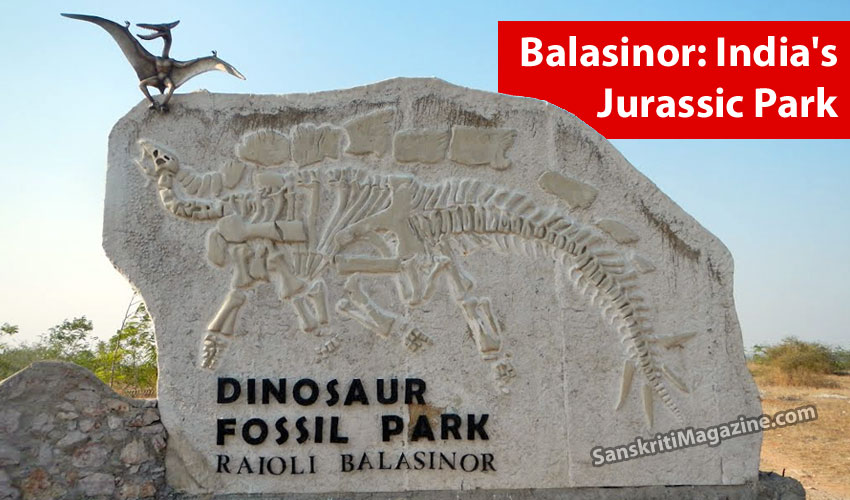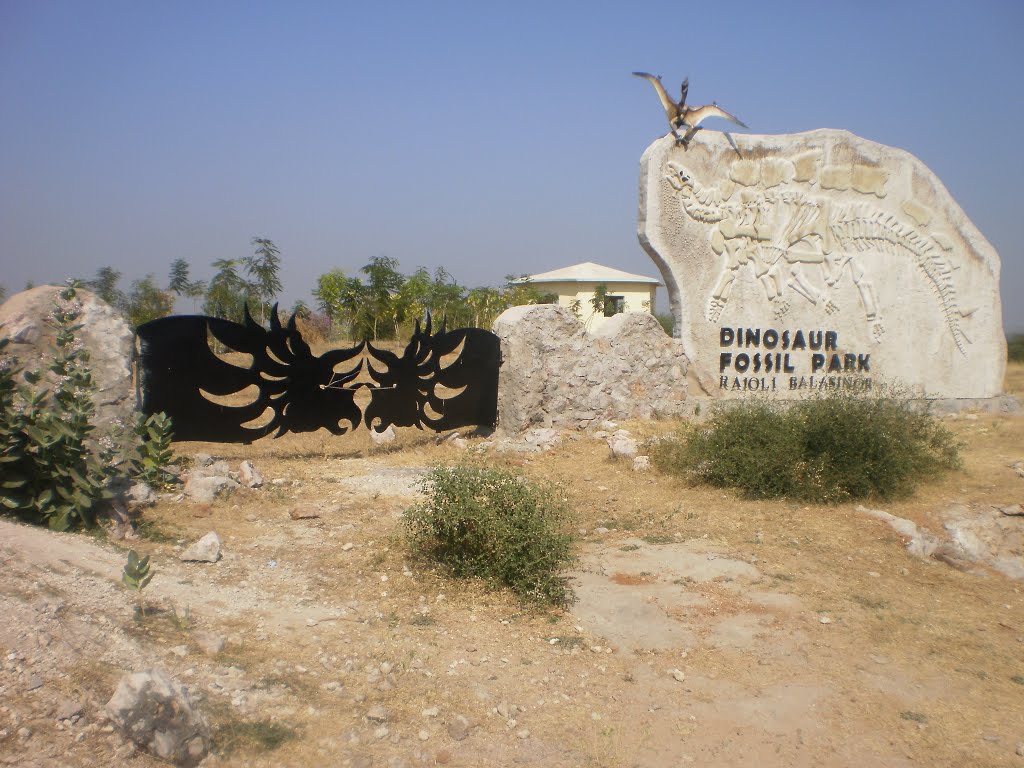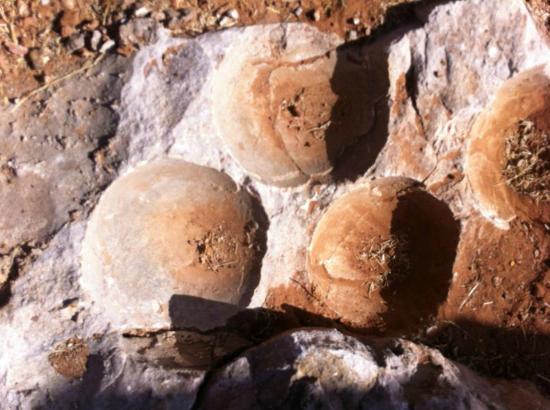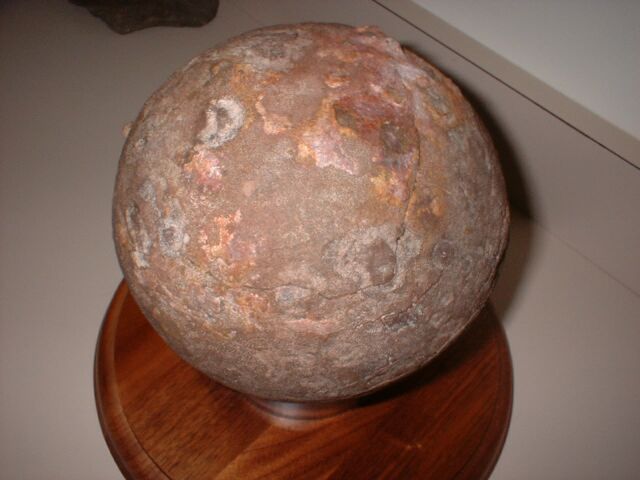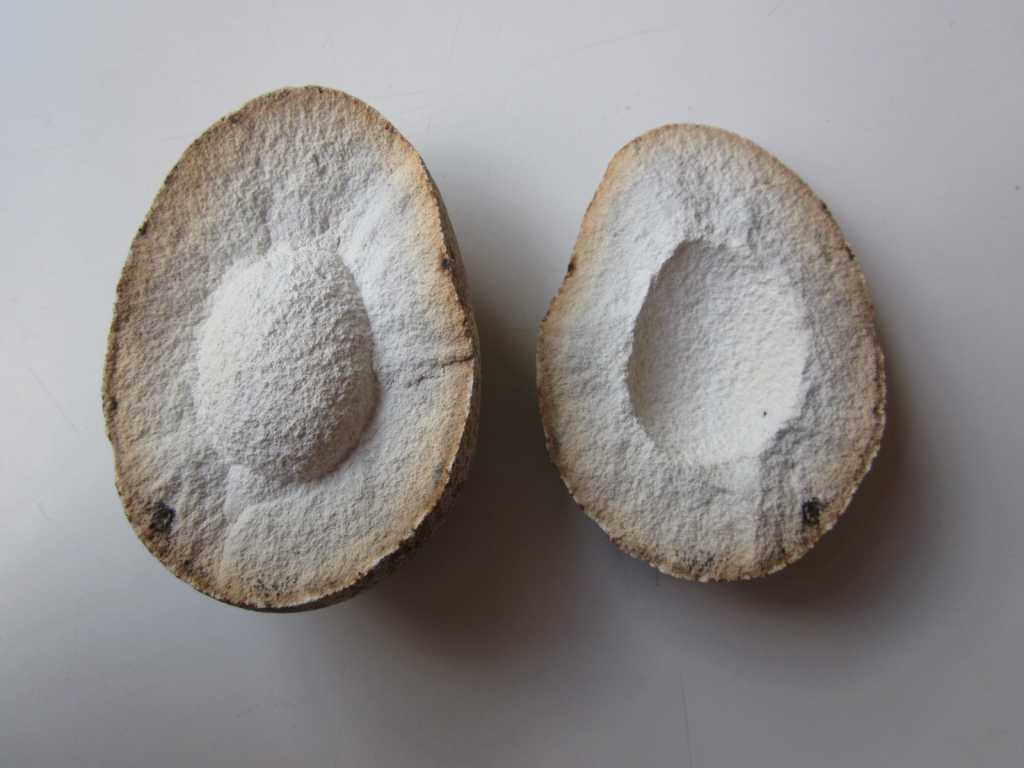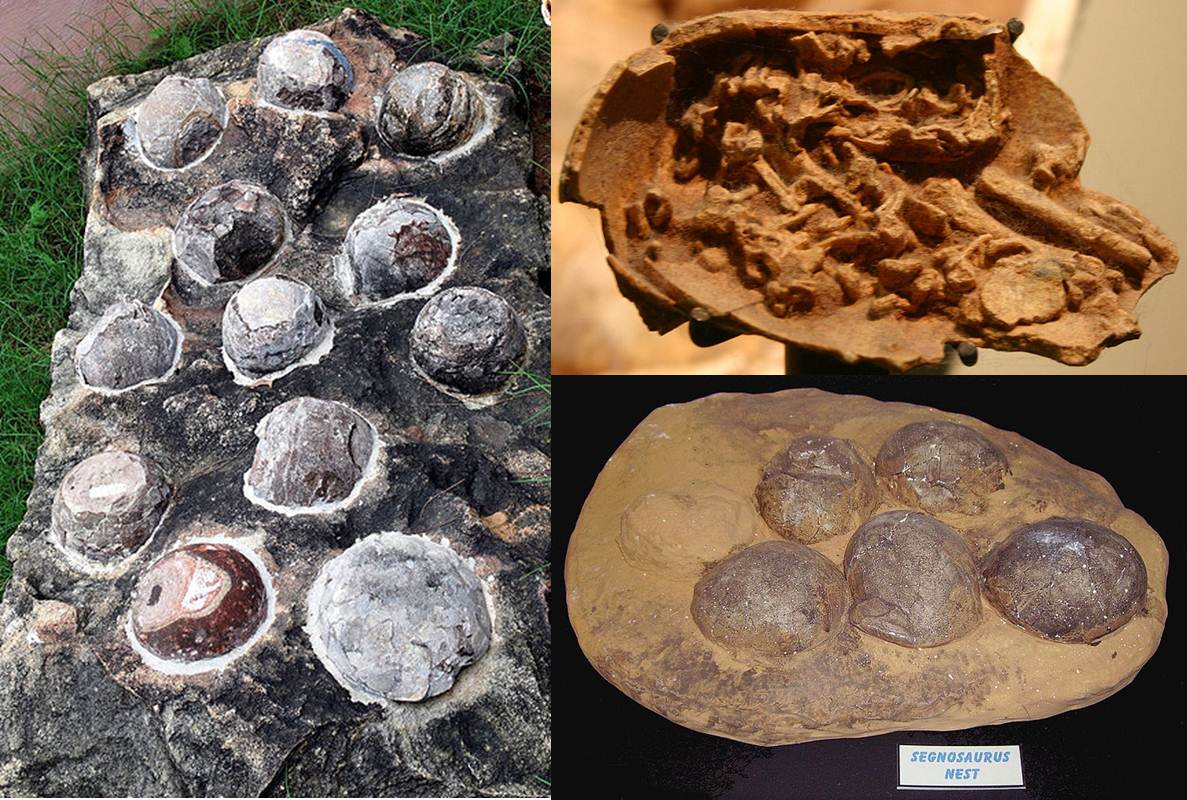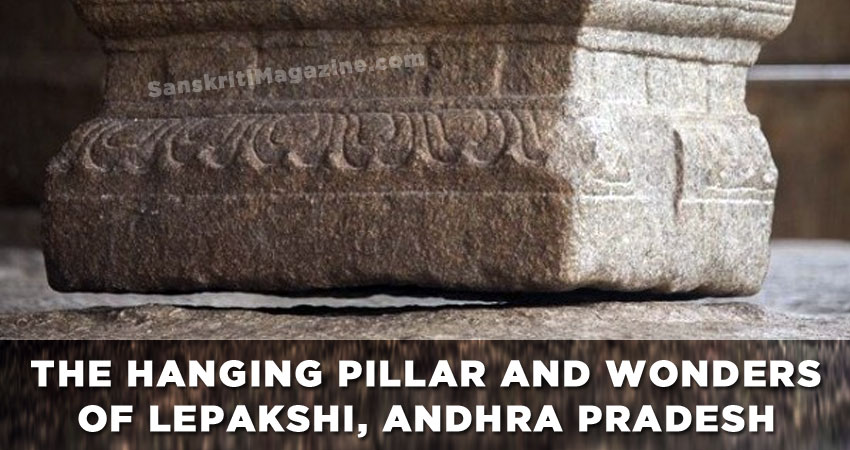India’s Gujarat state is home to one of the world’s largest collections of dinosaur remains.
About an hour’s drive from busy Ahmedabad city in India’s western Gujarat state is what many call the “Jurassic Park of India” – a nod to Steven Spielberg’s spell-binding dinosaur film.
Balasinor has seen better times: in the days before Independence it was one of a handful of Muslim-dominated princely states in Gujarat. More than 100 villages made up a cosmopolitan state ruled by a Pathan regent. Now it is a nondescript district town ringed by farming villages. The elegant royal palace is still intact, and the family runs luxury accommodation from its premises. But Balasinor is better known around the world as the site of one of the largest dinosaur egg hatcheries and a host of other fossilized dinosaur remains.
Scientists say that the dinosaur site at Balasinor was accidentally discovered when paleontologists stumbled upon dinosaur bones and fossils during a regular geological survey of this mineral-rich area in the early 1980s. The find sent ripples of excitement through neighboring villages and many residents picked up fossilized eggs, brought them home and worshiped them. Since then excavations have thrown up a veritable trove of dinosaur remains – eggs, bones, a skeleton which is now kept in a Calcutta (Kolkata) museum – bringing hordes of scientists and tourists to the place.
The crowning find was the remains of what is the only “Indian” dinosaur in the world, fossils of which have been found only in Gujarat along the Narmada river and in neighboring Madhya Pradesh state. Researchers aptly named this squat, thick-legged, heavy-bodied carnivorous dinosaur with a crested horn, Rajasaurus narmandensis, or the regal reptile from Narmada. They say it belongs to the genus – sub-family – of the ferocious carnivore Tyrannosaurus Rex.
Balasinor has also thrown up what scientists say is the fossilized remains of a snake that dined on dinosaur eggs – the 67 million-year-old skeleton was found in a dinosaur nest. The 3.5m fossilized snake is believed to have fed on the hatchlings of sauropods. It was found wrapped around a baby titanosaur. This is believed to be the first evidence of feeding behavior in a fossilized primitive snake.
Researchers believe that the snake was attacking a hatchling that had just emerged from the egg. The event was then overcome by a natural disaster, possibly a storm, and the whole scene was frozen in time. Piecing together the evidence in Balasinor, researchers now believe that Gujarat is home to one of the largest clutch of dinosaur hatcheries in the world.
At least 13 species of dinosaurs lived here, possibly for more than 100 million years until their extinction some 65 million years ago. They say the dinosaurs lived and thrived on the luxurious vegetation on the flatlands close to the Narmada river in what was then the single landmass of the super-continent Pangaea.
The soft soil made hatching and protecting eggs easier for the animals. So well-protected are the fossilised eggs found here that many researchers call them the best-preserved eggs in the world after the ones found in Aix-en-Provence in France. Fossilized remains of dinosaurs have been found in a number of districts in Gujarat, including Panchmahal, Godhra, Sabarkantha and the sprawling Kutch region.
In the Kuar island and the Chapri areas of Kutch, researchers have found dinosaur bones which date back to “roughly 170 to 180 million years”, says geologist and dinosaur researcher Dr ZG Ghevaria. Fossilization could have been helped by tectonic upheavals, drifting of sand and silt, movements of rivers and even possible tsunamis, researchers believe.
That is not all. The remains in Gujarat also offer tantalising clues to the extinction of dinosaurs. Evidence of radioactive iridium, a white radioactive metal commonly found in meteorites, has been found in the Anjar area of Kutch lending weight to a theory that a meteorite crash doomed the animal to extinction.
“This is the only place in the world where you find evidence of the life and death of the dinosaur. You find their bones and then you find traces of iridium in separate geological layers,” says Dr Ghevaria.
Outside China, Gujarat is home to most of Asia’s dinosaur hatcheries. Another dinosaur park, a six-acre leafy facility in the state capital, Gandhinagar, is proof of this. It is home to one of the largest stored collections of dinosaur remains, including a dinosaur bone marrow – which has become choked with crystals over time. There are also rocks studded with eggs and foot impressions.
There are realistic fibre-glass models of the various species of dinosaur.
Park chief MK Pandey is optimistic. “This is not the end, if we excavate more in Gujarat we will get more dinosaur remains. Dino tourism could become the tourism of the future here. Easily!”
Hoever, India needs to protect its heritage better. Earlier this year, 3 of the 27 rare big dinosaur eggs of great scientific value were stolen from the Park in Bagh area of Dhar district. These eggs are estimated to be about 6.5 to 10 billion years old.
~ BBC

